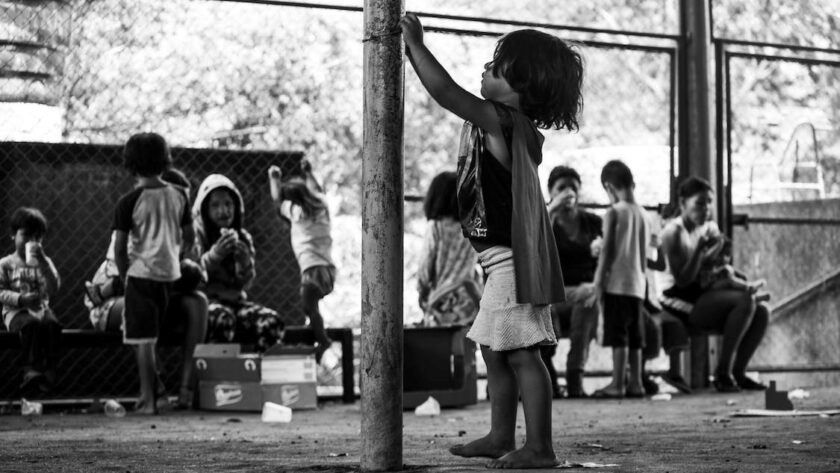Hunger and poverty are problems that affect people all around the world and are a real challenge for both children and adults. All children under the poverty line are at risk of suffering from extreme starvation. Lifelong consequences could include reduced growth and impaired immunity to diseases like the coughs and colds for those who make it through.
The United Nations World Food Programme (WFP) is working hard to end childhood hunger, and here are the most crucial facts you need to know about the program and its efforts.
1. Malnutrition Kills A Child Every Ten Seconds
The awful reality is that every year more than 3 million children succumb to starvation. The number of malnourished children is on the increase due to several factors including war, climate change, and the COVID-19 pandemic.
2. You Can Donate Cryptocurrency To Organizations Working For Children
There are many charities who accept cryptocurrencies as donation. So if you wish to contribute towards ending world hunger, you can donate cryptocurrency for kids organizations.
3. Global Food Hunger Has Been Made Worse By The War In Ukraine.
Food insecurity was on the rise all around the world even before the war in the Ukraine. Now, the hunger crisis is escalating and posing the risk of mass starvation across hunger hotspots in multiple countries across the world as a result of shortages and sanctions brought on by the war in Ukraine. These factors include rising prices for fuel, fertilizers, and wheat.
4. Children Are Particularly Vulnerable To Malnutrition In War Zones
In situations when violence persists, children are disproportionately affected by the resulting food shortages. More than twice as many kids in war-torn nations are undernourished than kids elsewhere, and children make up 40% of the world’s displaced population.
5. More Children Will Experience Malnutrition That Poses A Serious Risk To Their Lives
Wasting is the most obvious, severe, and sometimes fatal form of malnutrition, affecting about 45 million children. Severe wasting, also known as severe acute malnutrition, is responsible for 1 in 5 deaths of children under the age of 5 worldwide. Each year, more than 1 million kids pass away from severe wasting.
6. Extreme Poverty Is More Than Twice As Likely To Affect A Child
More than 350 million children live in severe poverty and, as a result, go to bed hungry every night. Parents who are living in severe poverty, which is defined as having an income of less than $1.90 per day, are forced to make daily, sometimes devastating choices between feeding their children and paying for their home, healthcare, and other basic necessities.
7. The Risk Of Hunger Is Especially High For Young Girls
Women and girls make up more than 60% of the world’s most hungry people. Girls are significantly more likely to be undernourished due to inequality, which can lead to both short-term and long-term health issues. Examples of inequality include early marriage and young motherhood, cultural barriers, and a lack of education.
8. Giving Young Children Regular Access To Wholesome Meals Can Save Lives
The first step in addressing child hunger and food insecurity is to serve nutritious meals. A child can focus on being a child and flourish in life when they have access to nutritious meals and other essential resources.



